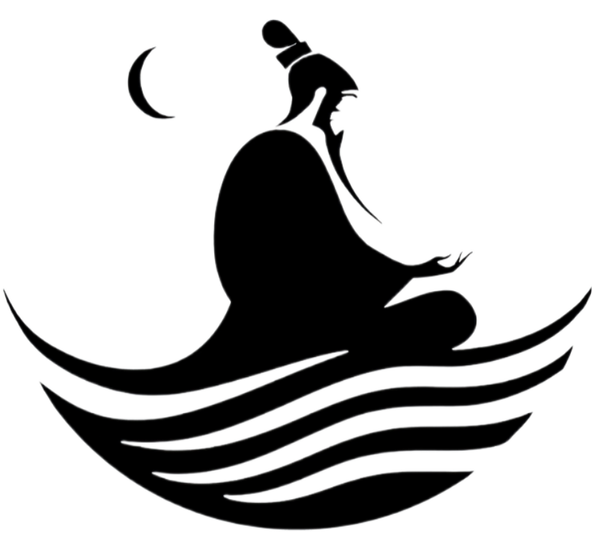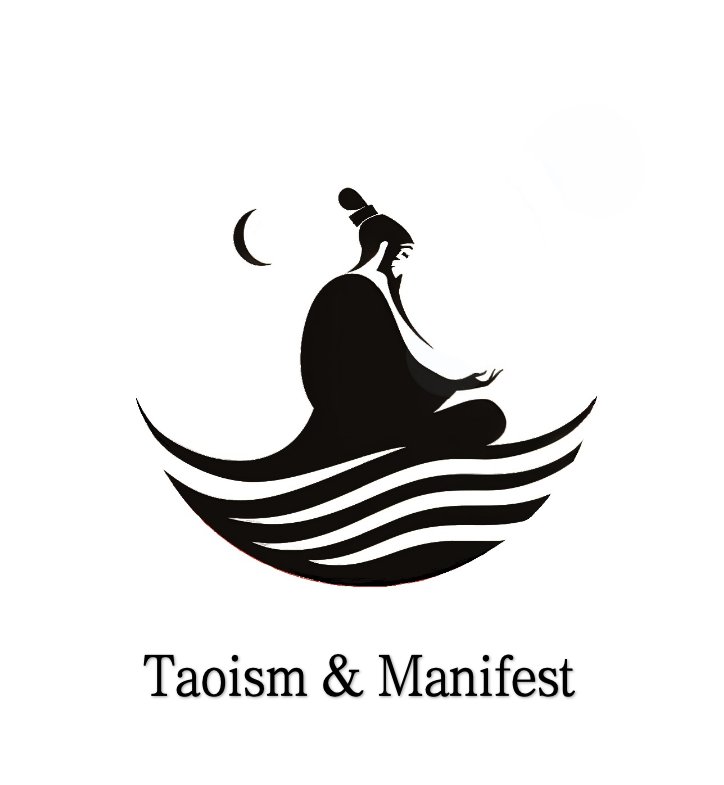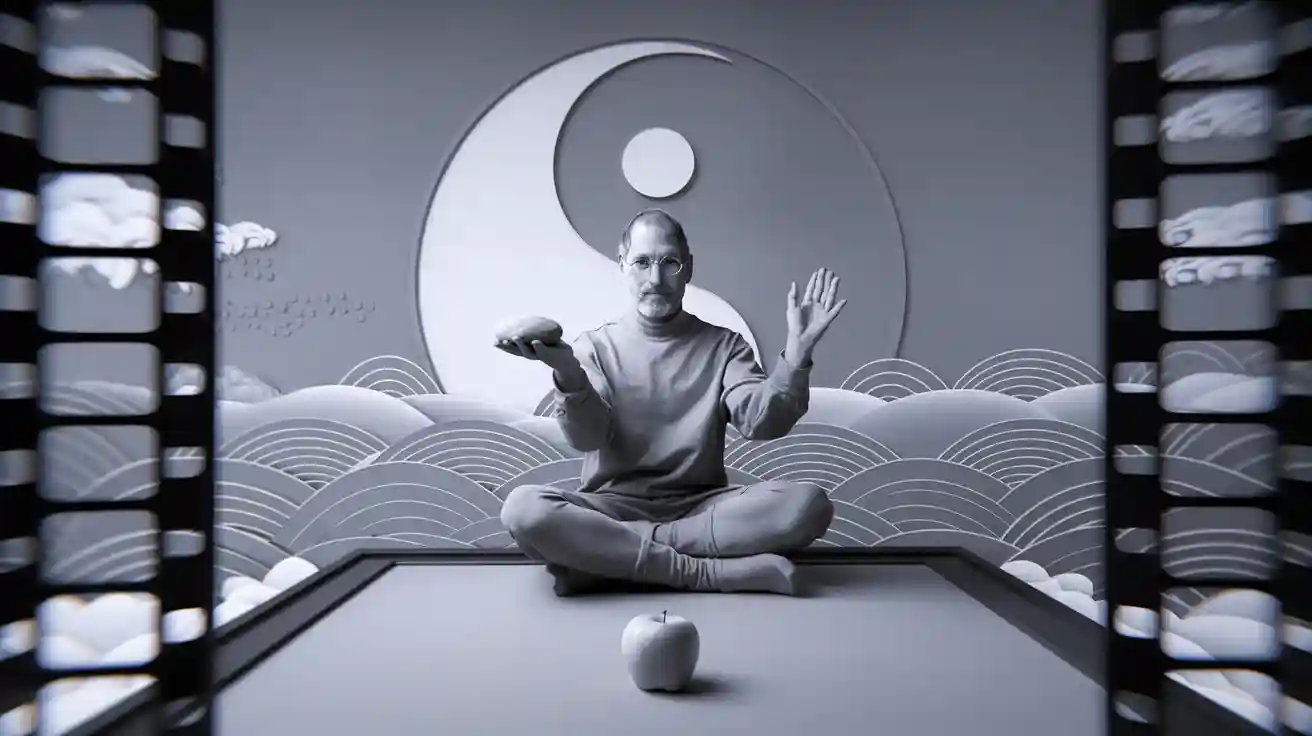
Steve Jobs got a lot of ideas from the tao of steve jobs. He liked things to be simple. He believed in having a beginner’s mind. He thought it was good to not always want things. These ideas helped him be creative and make new things. Many people see 道家思想对乔布斯的影响 in what he did every day and in his work choices. People can learn smart ways to work from him. They can use these lessons in their own jobs.
Key Takeaways
Steve Jobs used Taoist ideas like simplicity and non-attachment. He made products and led teams with clear focus. Keeping a beginner’s mind helps leaders stay open to new ideas. It also helps them solve problems in creative ways. Mindfulness and calm focus help people make better decisions. These things also help teams work well together. Leading by example and trusting teams helps people be creative. It also builds strong and motivated groups. Effortless action means letting things happen naturally. This makes work smoother and brings better results.
Taoist Ideas in Leadership
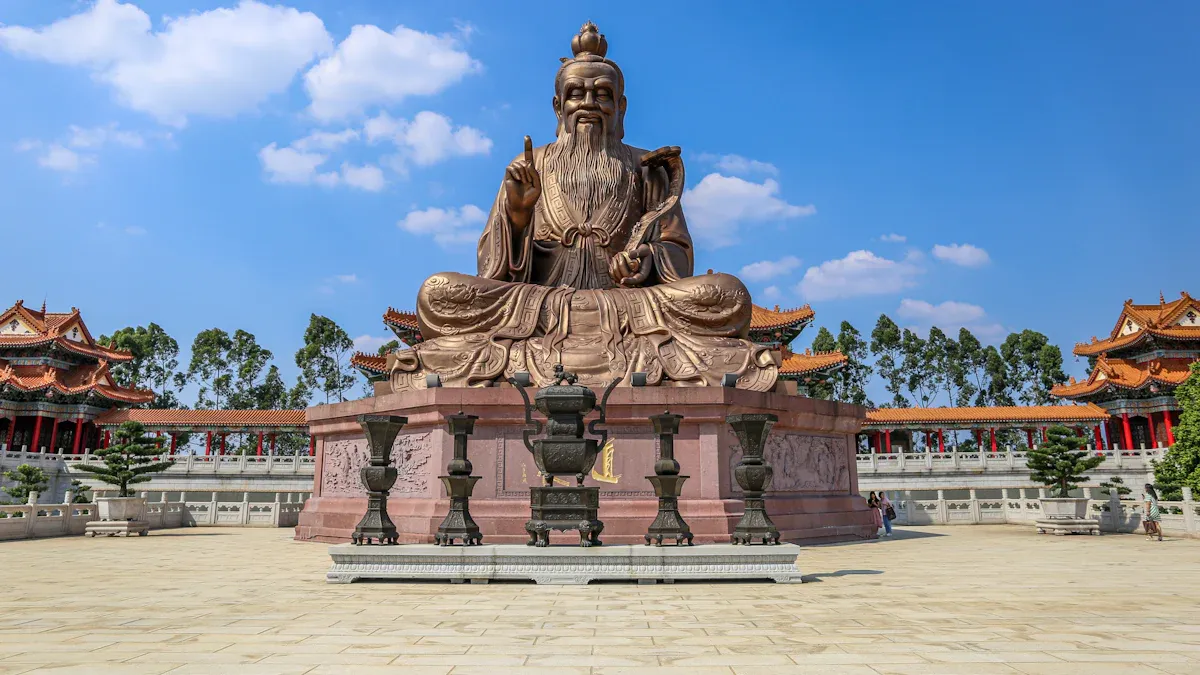
Taoist philosophy gives leaders a special way to lead teams and make choices. Steve Jobs and other leaders liked ideas like simplicity, non-attachment, and effortless action. These ideas come from Taoism and zen philosophy. They help leaders pay attention to what is important and not get distracted.
Simplicity
Simplicity is very important in Taoist and zen thinking. Steve Jobs thought that taking away extra things makes better results. He said simple answers are harder to make but stronger. Leaders who like simplicity help teams stay on track and get more done. Studies show Taoist values like simplicity help workers feel more purpose and act better. The table below shows how Taoist ideas change actions at work:
Pathway |
Indirect Effect (Beta) |
Significance (p-value) |
Interpretation |
|---|---|---|---|
Taoism → Functional value → Employee low-carbon behavior |
< 0.001 |
Taoism makes people see more value, which helps the environment. |
|
Taoism → Overall value → Employee low-carbon behavior |
0.126 |
< 0.001 |
Taoism helps people see more value, so they act greener. |
Taoism → Emotional value → Employee low-carbon behavior |
0.060 |
0.036 |
Taoism’s emotional side helps people care about the environment. |
Taoism → Co-worker guanxi → Employee low-carbon behavior |
0.044 |
0.024 |
Taoism helps coworkers get along, which helps the environment. |
Taoism → Supervisor-subordinate guanxi → Employee low-carbon behavior |
-0.001 |
0.943 |
Taoism does not change how bosses and workers act together. |
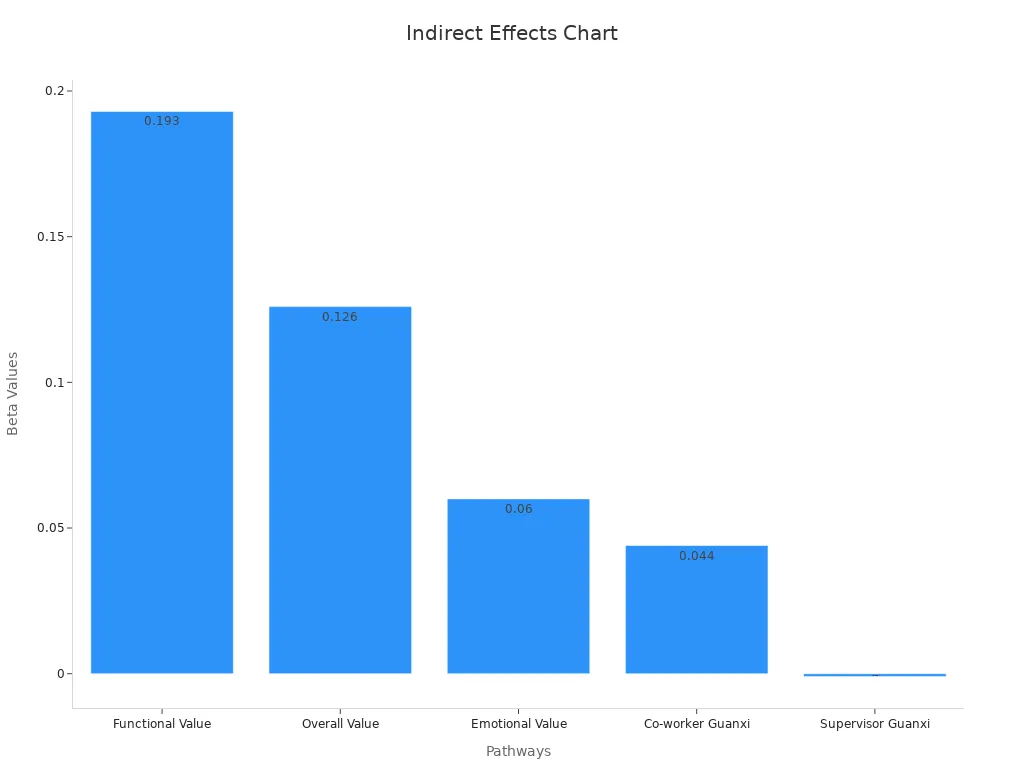
Beginner’s Mind
A beginner’s mind means being open to new things and not letting old ideas stop you. Steve Jobs used this idea to keep Apple creative. Leaders with a beginner’s mind try new things and listen to new ideas. Some ways leaders show this are:
Gemba Walk and Genchi Genbutsu: Leaders watch work to learn.
Value Stream Mapping: Teams look at steps to find waste.
Mentoring and Coaching: Leaders help teams fix problems and grow.
Kaizen Events: Teams work together to fix things fast.
A3 Problem-Solving: Teams use steps to solve big problems.
These actions help teams do better and find new answers. Design thinking and zen both support this way to lead.
Desirelessness
Desirelessness, or non-attachment, teaches leaders to let go of their own wants. This idea comes from Taoist and zen philosophy. Steve Jobs often looked at the big picture instead of following every trend. Leaders who use desirelessness make choices for the team, not just for themselves. This helps leaders stay calm and ready for change. Design thinking and zen both tell leaders to act with purpose, not just for rewards.
道家思想对乔布斯的影响
Minimalism in Design
道家思想对乔布斯的影响 appears clearly in his approach to minimalism. He believed that less is more. He wanted every Apple product to have a clean look and feel. He often said that simplicity is the ultimate sophistication. This idea came from both zen and Taoist teachings. Jobs worked with his teams to remove anything extra from their design. He wanted users to focus on what matters most. The iPhone, iPad, and MacBook all show this product focus. Each device uses simple lines and clear shapes. The design does not distract the user. Instead, it helps people do what they want without confusion.
Jobs also wore the same black shirt and jeans every day. This choice showed his belief in zen and Taoist ideas. He did not want to waste energy on small choices. He wanted to save his focus for design and innovation. Many people see this as a sign of his deep connection to zen and Taoist values. His style and product design both reflect the same core ideas.
Harmony and Flow
道家思想对乔布斯的影响 can be seen in how he created harmony and flow in his work. He wanted every part of Apple’s products to work together. He used zen and Taoist ideas to guide his teams. He asked designers and engineers to think about the whole user experience. They had to make sure that hardware and software fit together perfectly. This harmony made Apple products easy to use.
Jobs believed in flow. He wanted users to feel calm and focused when using Apple devices. He learned from zen that good design should not get in the way. Instead, it should help people reach their goals. He often talked about design thinking. He wanted his teams to use design thinking to solve problems. They had to look at the big picture and find simple answers. This approach helped Apple create products that feel natural and easy.
“Design is not just what it looks like and feels like. Design is how it works.”
— Steve Jobs
Jobs pushed his teams to use zen and Taoist ideas in every step. He wanted them to think deeply about each design choice. He asked them to remove anything that did not add value. This focus on harmony and flow set Apple apart from other companies.
Mindfulness
道家思想对乔布斯的影响 also shows in his focus on mindfulness. Jobs practiced zen meditation for many years. He believed that mindfulness helped him stay calm and make better choices. He wanted his teams to work with focus and care. Mindfulness helped them pay attention to every detail in design and product development.
Research supports the idea that mindfulness can help leaders do better at work. A study with ICT managers found that mindfulness training improved their well-being and work performance. The managers felt more focused and less stressed. They also said that mindfulness helped them lead their teams better, even when work was hard. Other studies show that leader mindfulness can improve how teams work together and reduce stress. Mindfulness also helps leaders grow and develop new skills.
Reb et al. (2019) found that leader mindfulness improves employee performance by building trust and fairness.
Reitz et al. (2020) showed that mindfulness helps leaders learn and grow.
Roche et al. (2014) found that mindfulness supports leaders’ well-being and mental health.
Jobs used zen and design thinking to help his teams stay mindful. He wanted them to focus on the present moment. This helped them create better design and solve problems faster. Mindfulness, zen, and design thinking all played a big role in Apple’s success.
Principle |
How Jobs Used It |
Result in Apple Products |
|---|---|---|
Zen |
Practiced meditation |
Calm, focused leadership |
Design thinking |
Problem-solving method |
User-friendly design |
Taoist harmony |
Teamwork and flow |
Seamless user experience |
道家思想对乔布斯的影响 runs through every part of his work. He used zen, design, and design thinking to guide his teams. He focused on minimalism, harmony, and mindfulness. These ideas helped Apple create products that changed the world.
Wu Wei and Leadership Style

Effortless Action
Wu wei means "effortless action." Steve Jobs showed this idea in his work. He trusted his intuition when making big choices. He often let ideas come naturally instead of forcing them. He believed that the best solutions appear when people do not push too hard. Jobs encouraged his teams to find simple answers and avoid extra steps. He wanted work to flow smoothly, like water moving around rocks. This style helped Apple create products that felt easy to use and understand.
Leading by Example
Steve Jobs leadership style focused on showing others the right way. He worked hard and expected his teams to do the same. He set high standards and followed them himself. When leaders act as role models, teams feel inspired to do their best. Many companies see strong results when leaders lead by example:
Successful cross-department projects can increase by 50% each year, helping teams work together and share ideas.
Leadership roles held by diverse candidates can rise by 15% in two years, making teams more creative.
Revenue can grow by 10% while keeping work efficient.
Net Promoter Scores can improve by 15%, showing happier customers.
Brand visibility can grow by 30% with focused digital campaigns.
These results show that leading by example helps teams reach new goals and build a culture of innovation.
Trust and Flexibility
Jobs trusted his teams to solve problems and try new things. He gave them freedom to explore ideas. This trust made people feel safe to share and test their thoughts. Research shows that trust and flexibility lead to more creativity:
Employee engagement rises by 37% when workers feel trusted.
Productivity goes up by 13% when people choose how they work.
Teams using open tools finish 20% more projects.
Groups with flexible, trust-based work have 39% higher creativity.
Steve Jobs leadership style used trust and flexibility to help teams do their best work. This approach made Apple a leader in innovation.
Practical Lessons for Leaders
Embracing Simplicity
Leaders can learn from Steve Jobs by keeping things simple. He used zen and design thinking to take away extra stuff. This made it easier to see what was important. Teams that keep things simple work better together. They use fewer tools and keep their work easy to follow. This helps everyone stay calm and not get mixed up.
Many companies use zen ideas to handle fast changes and stay steady.
Leaders who like simplicity show kindness, understanding, and new ideas.
Teams with fewer tools get more done, as a study with MIT students showed.
Using one platform for projects and talking helps teams work and share ideas.
Simple design and leadership help teams focus on what matters most. It also makes it easier to change and come up with new ideas.
Practicing Non-Attachment
Non-attachment means not holding on to your own wants. It means being open to new ways of thinking. Steve Jobs used a zen way of thinking to not get stuck on one idea. Leaders who practice non-attachment make better choices for their teams. They use design thinking to fix problems and stay open to change. This helps leaders stay calm when things change and focus on what is best for everyone.
Leaders who let go of ego and act with humility make room for new ideas and growth.
Telling stories is important here. Leaders can use stories to show why letting go of old ways helps teams do better. Stories also help teams trust leaders and understand their goals.
Cultivating Mindfulness
Mindfulness helps leaders pay attention and stay focused. Steve Jobs did zen meditation to keep his mind clear. Mindful leaders use design thinking to guide their teams on purpose. They make a place where everyone feels important and listened to.
Studies show mindfulness lowers stress and helps leaders make better choices. Leaders who use mindfulness see teams work better, people stay longer, and get more done. The chart below shows how mindfulness helps leaders and companies:

Telling stories and using design thinking help leaders share their ideas and keep teams excited. When leaders use zen, design, and stories, they build strong and creative teams that do well in any situation.
Steve Jobs led using Taoist ideas like wu wei, simplicity, and balance. He picked just a few main products to focus on. He trusted his gut and let things happen naturally. This showed effortless action. His way mixed belief, big dreams, and making clear choices.
Leaders today can use these ideas too. They should know themselves and stay humble. They need to lead with strong goals and not give up. Leaders should accept change and help others feel hopeful.
Taoist leadership brings hope, flexibility, and new ideas. When leaders keep things simple and pay attention, teams can change and do well.
FAQ
What is Taoism and how did it influence Steve Jobs?
Taoism teaches people to live simply and follow the natural flow of life. Steve Jobs learned from Taoist ideas. He used them to guide his choices at Apple. These ideas helped him focus on what matters and create simple, useful products.
Why did Steve Jobs value simplicity in design?
Steve Jobs believed that simple designs help people use products easily. He thought that removing extra features made things better. His focus on simplicity came from Taoist and Zen teachings. Apple’s products show this idea in their clean look and easy use.
How can leaders use mindfulness at work?
Leaders can practice mindfulness by paying attention to the present moment. They can listen carefully and stay calm during stress. Mindfulness helps leaders make better choices. It also helps teams work together and solve problems faster.
What does “wu wei” mean in leadership?
“Wu wei” means effortless action. In leadership, it means letting things happen naturally. Leaders who use wu wei trust their teams and do not force results. This style helps teams feel safe and creative.
